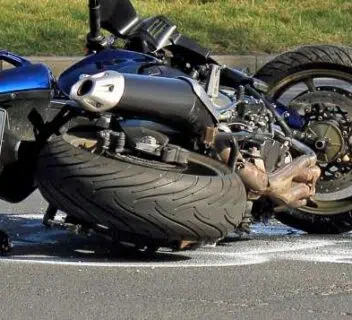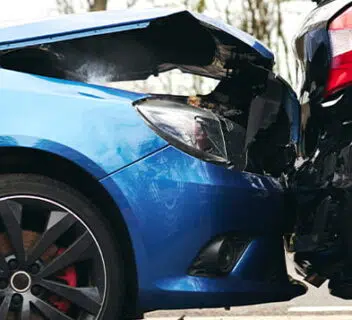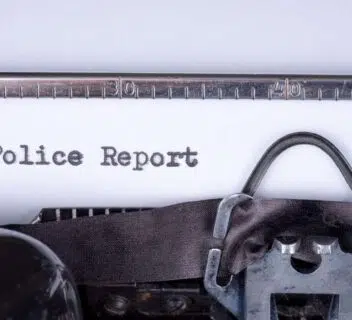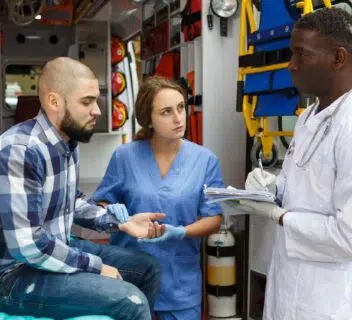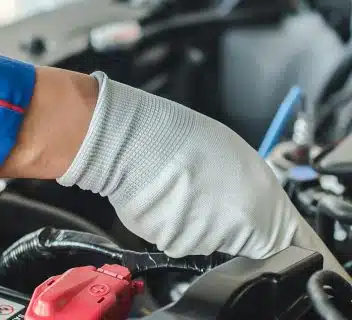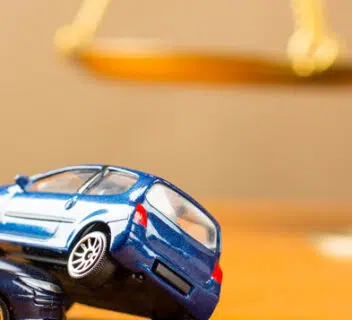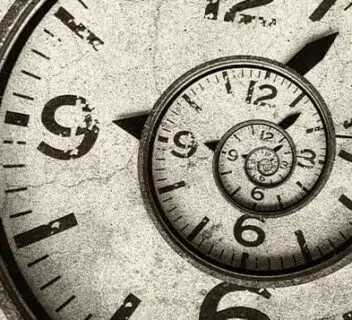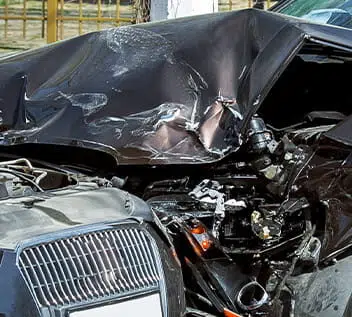Essential Tips on What Not to Say After a Car Accident: Protect Yourself
Knowing what not to say after a car accident can protect your legal rights and help you maximize your insurance claims. This guide highlights vital tips to keep you safe. Key Takeaways Avoid Admitting Fault In the immediate aftermath of […]



